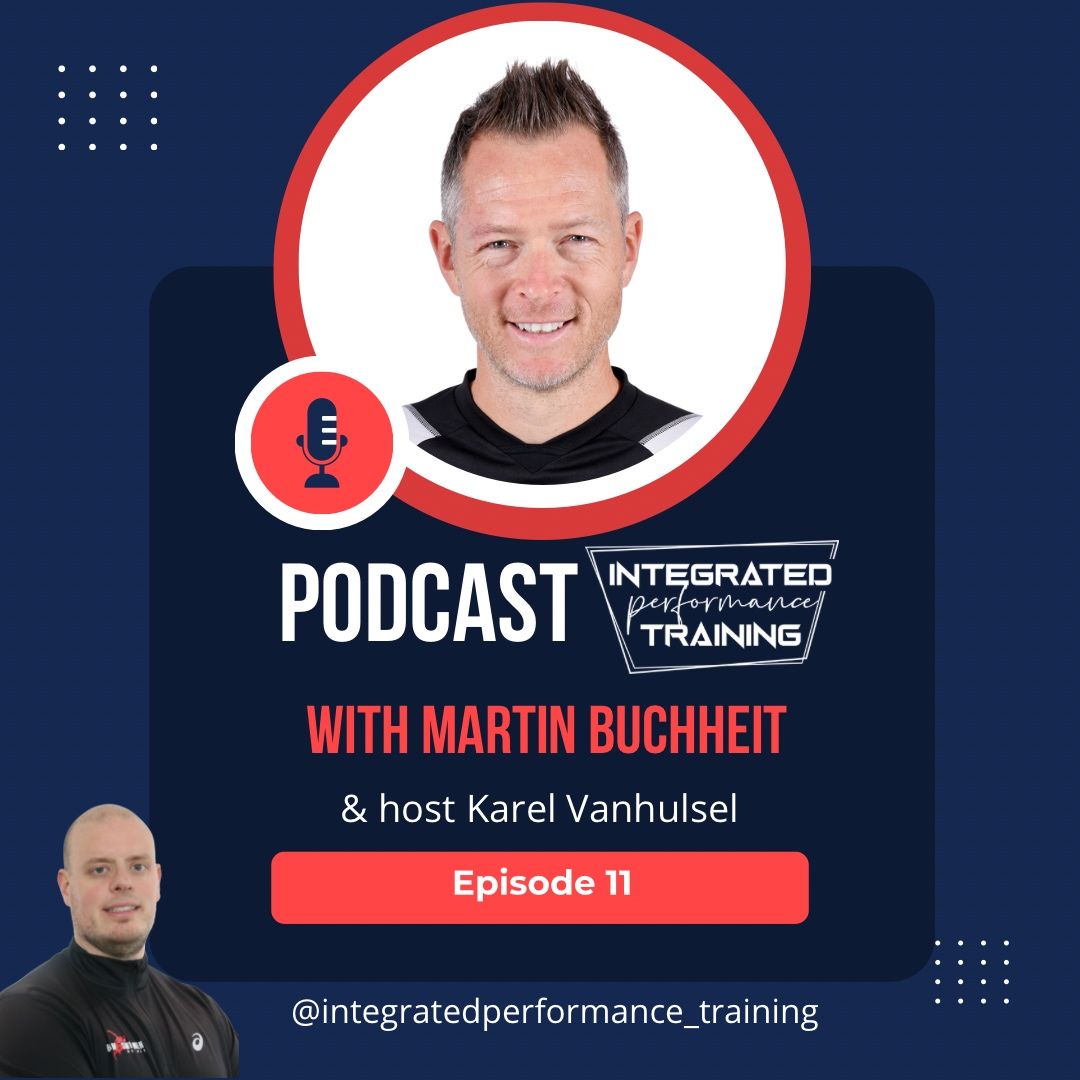High-intensity Hypoxic Intervals
Physiological strain associated with high-intensity hypoxic intervals in highly trained young runners.
Source
Sport Science Department, ASPIRE Academy for Sports Excellence, Doha, Qatar. martin.buchheit@aspire.qa
Abstract
To examine the physiological strain associated with hypoxic high intensity interval training (HHIT), 8 highly trained young runners (age, 18.6 ± 5.3 years) randomly performed, 5 × 3-minute intervals in either normoxic (N, 90% of the velocity associated with VO(2max), vVO(2max)) or hypoxic (H, simulated 2,400-m altitude, 84% of νVO(2max)) conditions. Cardiorespiratory (ventilation [V(E)], oxygen consumption [V(O2)], heart rate [HR], oxygen saturation [SpO(2)]), rating of central perceived exertion (RPE(C)) responses, changes in neutrophils, erythropoietin (EPO), blood lactate ([La]) and, bicarbonate ([HCO(-)(3)]), vagal-related indices of HR variability (natural logarithm of the square root of the mean of the sum of the squares of differences [Ln rMSSD]) and maximal sprint and jump performances were compared after each session. Compared with N, H was associated with similar V(E) (Cohen’s d ± 90% confidence limits, 0.0 ± 0.4, with % chances of higher/similar/lower values of 15/61/24) but at least lower VO(2) (-0.8 ± 0.4, 0/0/100), HR (-0.4 ± 0.4, 1/21/78), and SpO(2) (-1.8 ± 0.4, 0/0/100). Rating of perceived exertion was very likely higher (+0.5 ± 0.4, 92/8/0). Changes in [HCO(3)] (-0.6 ± 0.8, 5/13/83), [La] (+0.2 ± 0.4, 52/42/5), and EPO (+0.2 ± 0.4, 55/40/5) were at least possibly greater after H compared with those after N, whereas changes in neutrophils were likely lower (-0.5 ± 0.7, 4/15/81). Changes in 20-m sprint time (+0.20 ± 0.23, 49/50/1) were possibly lower after H. There was no clear difference in the changes in Ln rMSSD (+0.2 ± 1.7, 48/18/34) and jump (+0.3 ± 0.9, 60/25/15). In conclusion, although perceived as harder, HHIT is not associated with an exaggerated physiological stress in highly trained young athletes. The present results also confirm that HHIT may not be optimal for training both the cardiorespiratory and neuromuscular determinants of running performance in this population.



